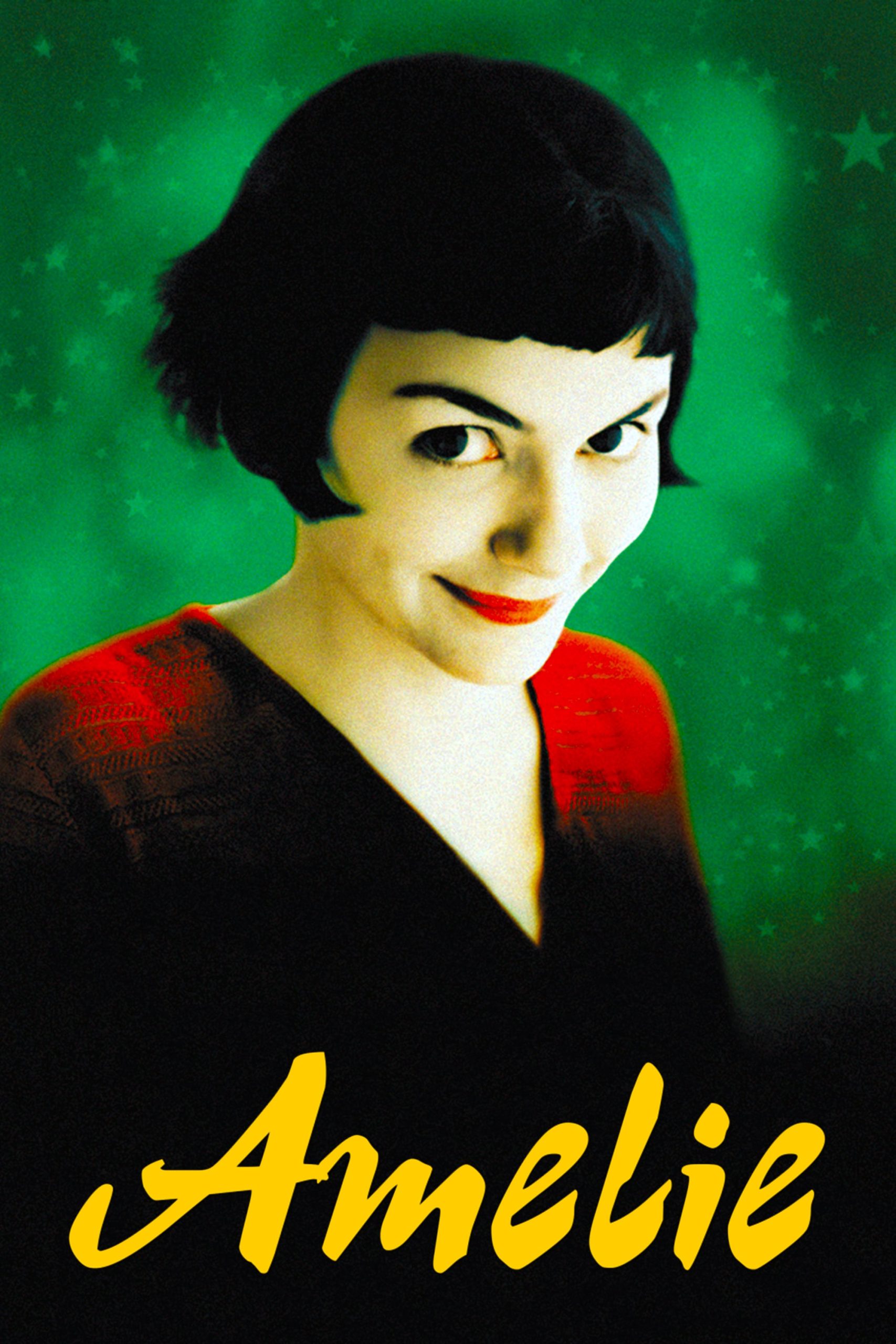
At a tiny Parisian café, the adorable yet painfully shy Amélie accidentally discovers a gift for helping others. Soon Amelie is spending her days as a matchmaker, guardian angel, and all-around do-gooder. But when she bumps into a handsome stranger, will she find the courage to become the star of her very own love story?
13 May Amélie (2001)
Life, A User’s Manual
I avoided this film for ever-so-long because of what I had heard about it. One would believe that this is a well-photographed simple sweet story. That somehow it has something to do with the adventures of a sweet girl-woman. Well, it is. But it is so much else, and that ‘something else’ not only makes the sickly sweetness tolerable — it completely undermines it. That’s because every film rests on three threads that connect between it and us the viewers. The first thread is the story, which many people — even filmmakers — would have you believe is either all there is or at least that it is paramount. The second thread — more visceral and immediate — is the cinematic presentation. This filmmaker has wisely chosen to make the visual space coincide with the fondly imagined nostalgia of a simple past. All is simple, clean, abstract, sweet. Even Paris, whose primary products are dog poop and mean-spirited graffiti.
But that third thread is the most important — even more powerful, perhaps because of its subliminal nature. And it is here that this film is rooted, and the rooting is superb, intelligent.
That root is George Perec, probably France’s most influential writer. Not the most known or best loved, he directly approached a problem of the French character: that they were once an important people artistically. How does one be creative in a land populated by dead, giant saints? You build metastructures of the structures already there — you build stories about stories. The component stories can be as trite as the public demands, but the assembly — the structure of which eludes the casual viewer — can be as clever as you wish.
In 1978, Perec published a large book called ‘Life, a User’s Manual.’ It is a wonderful work which every literately educated person should encounter. It answers the question: what can a writer do after Robbes-Grille?’ (which is roughly the same question as what can a French filmmaker do after the ‘new wave?’) This film is very closely based on that book in both form and content.
The book is a collection of several hundred stories, many of the type ‘at this precise moment, Jacques was removing sand from his toenails (the location of the beach perhaps being a setting for the previous story) and recalling the sand on the photographs he took of his honeymoon in Chartres where Jeanette first saw his feet and said she fell in love with them alone…’ All these stories are triggered or anchored in some physical detail, like a box left by a child in the wall, or a torn photograph on the floor of a train station… or a lamp in the form a character. Most of these stories involve unnecessary losses, small decisions of great consequence or attempts to represent and/or assemble the other stories in a personal context.
The book’s central organising device was an apartment building in the same location in Paris as the film. There are so many characters and stories that the book provides diagrams.
Elements from the book in the movie (as I recall): images that are torn and reassembled, a painter painting the same scene over and over, a found child’s treasure-box, a simpleminded son, a ‘glass man,’ images from all over the world, a funhouse, a fine meal disguised. Minor mysteries solved (the image is of a repairman), characters who are recorders (the jealous boyfriend with his tape, the painter with his VCR, the maintainer of the photobooths, the flight attendant who photographs the gnome) characters who create reality (the girl who imagines both reality and films on the TeeVee, the man who is the ‘designated mourner’ for reconstructed images, the painter who is reinventing Amélie).
The wind caused two glasses to dance; the important thing here is the wind, not the glasses. If you have not seen this, please do. But see the story as deliberately facile and trite, intended to only be pieces that should be assembled by you to make a real picture. Anyone who thinks this is a just a sweet story should have their license to view films revoked.
Posted in 2002
Ted’s Evaluation — 3 of 3: Worth watching.


No Comments